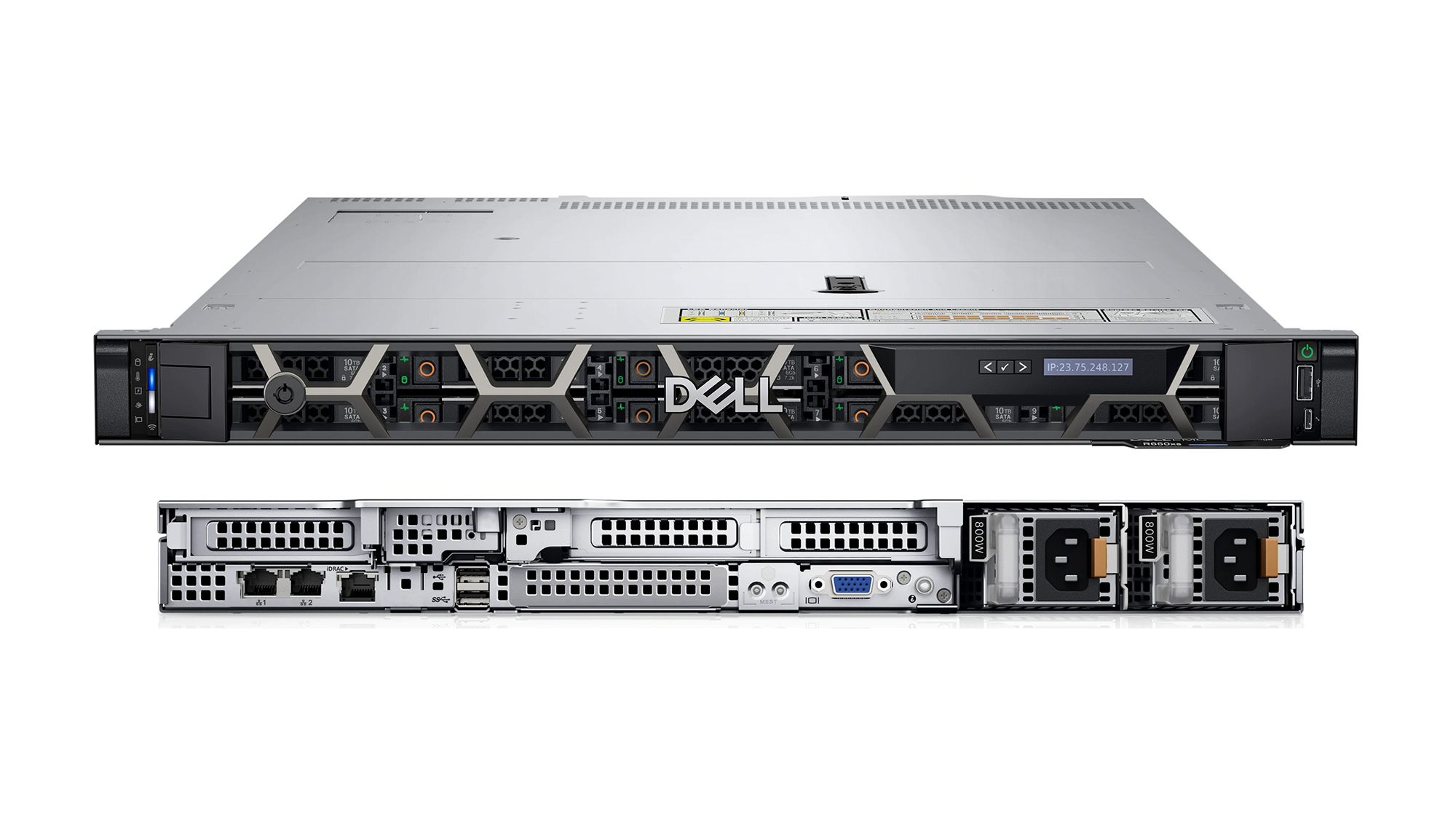2U Rack Servers
Following on from our recent 1U group test, IT PRO puts eight of the latest Intel-based 2U multi-core rack server systems from the leading vendors through their paces.

The very latest 2U rack servers deliver a wider range of features than their slim-line 1U counterparts making them an ideal choice for business looking for a fine blend of processing power, extreme storage capacity and expansion potential.
We have also upped the ante hugely in this group test as we specified a maximum price of 6,000 excluding VAT. This gave each participant enough headroom to include the very latest Intel 5300 quad-core Xeons and a quick glance at the review system's specifications shows that each one was unable to resist. Admittedly, these do command a price premium at the moment but they allow these systems to deliver an impressive processing density in standard rack cabinets making them ideal for data centres looking to centralise key services.
As with our recent 1U rack server group test there is one company conspicuous by its absence as, once again, IBM failed to deliver despite being given six weeks notice. When invited, it agreed to participate and then declined with only days to go to the deadline advising us that its finance team had decided to defer all loans to February. NEC also agreed and then one month later dropped out due to 'an issue with order processing'. Acer was in the process of revamping its rack server range and was unable to supply one within the time limit.
Some enterprises have been migrating from 1U rack servers to blade servers but not so much with 2U systems as these have one key advantage - storage capacity. The larger chassis provides much more leeway for hard disk configurations with all the review systems offering impressive capacities and expansion potential in this area. Say goodbye to trusty old parallel SCSI as SAS and SATA are now the main choices so you can opt for top performance with the former or higher capacity and lower costs with the latter.
The use of low-profile 2.5in. drives in some systems also shows clearly the benefits these smaller models can bring as they take up far less front panel space. HP's ProLiant DL380 G5 is a good example as it offers an eight-bay hot-swap cage that doesn't even occupy half of the front panel. Cooling is always an issue in rack servers and the smaller drives allows for a more uninterrupted flow throughout the chassis. Drawbacks of the smaller drives are that 10K spindle speeds are currently the maximum and storage capacities are lower.
General expansion options are much greater as well as the extra height means PCI-e or PCI-X cards can be installed vertically in the motherboard's slots rather than having to use a low slot count riser card. This does restrict you to half-height cards but many systems on the review offer back-plate assemblies for either solution. It is also simpler to implement multiple redundant power supplies, which is not so easy to achieve with 1U rack servers, as the motherboard must be redesigned to cater for the larger supply housing.
There is no doubt the latest 2U rack servers are extremely versatile in many areas so read on to find the perfect partner for your storage hungry applications.
Get the ITPro daily newsletter
Sign up today and you will receive a free copy of our Future Focus 2025 report - the leading guidance on AI, cybersecurity and other IT challenges as per 700+ senior executives
Dave is an IT consultant and freelance journalist specialising in hands-on reviews of computer networking products covering all market sectors from small businesses to enterprises. Founder of Binary Testing Ltd – the UK’s premier independent network testing laboratory - Dave has over 45 years of experience in the IT industry.
Dave has produced many thousands of in-depth business networking product reviews from his lab which have been reproduced globally. Writing for ITPro and its sister title, PC Pro, he covers all areas of business IT infrastructure, including servers, storage, network security, data protection, cloud, infrastructure and services.
-
 Should AI PCs be part of your next hardware refresh?
Should AI PCs be part of your next hardware refresh?AI PCs are fast becoming a business staple and a surefire way to future-proof your business
By Bobby Hellard Published
-
 Westcon-Comstor and Vectra AI launch brace of new channel initiatives
Westcon-Comstor and Vectra AI launch brace of new channel initiativesNews Westcon-Comstor and Vectra AI have announced the launch of two new channel growth initiatives focused on the managed security service provider (MSSP) space and AWS Marketplace.
By Daniel Todd Published
-

 Dell EMC PowerEdge R650xs review: An ‘xtra special’ rack server
Dell EMC PowerEdge R650xs review: An ‘xtra special’ rack serverReviews A powerful and expandable 1U rack server that’s ideal for businesses on a strict budget
By Dave Mitchell Published
-

 Dell EMC PowerEdge R250 review: A powerful package at a promising price
Dell EMC PowerEdge R250 review: A powerful package at a promising priceReviews A compact and powerful Xeon E-2300 rack server with room to grow and great remote management
By Dave Mitchell Published
-

 Dell EMC PowerEdge R350 review: A compact and powerful server
Dell EMC PowerEdge R350 review: A compact and powerful serverReviews Dell EMC’s entry-level rack server packs a great specification into a space saving chassis
By Dave Mitchell Published
-

 Dell EMC PowerEdge R550 review: High on storage, low on price
Dell EMC PowerEdge R550 review: High on storage, low on priceReviews A powerful 2U rack server with a big storage capacity for the price of a 1U model
By Dave Mitchell Published
-

 Dell EMC PowerEdge R450 review: Rack-dense server power for SMBs
Dell EMC PowerEdge R450 review: Rack-dense server power for SMBsReviews A versatile all-round rack workhorse with plenty of hardware choices at a good price
By Dave Mitchell Published
-

 Dell EMC PowerEdge R750xs review: A pocket-friendly power plant
Dell EMC PowerEdge R750xs review: A pocket-friendly power plantReviews The PowerEdge R750xs offers a surprisingly powerful rack package at a tempting price
By Dave Mitchell Published
-

 Dell EMC PowerEdge R650 review: A slim and mighty server
Dell EMC PowerEdge R650 review: A slim and mighty serverReviews Dell EMC takes server performance, expansion and processing density to new heights
By Dave Mitchell Published
-

 Dell EMC PowerEdge C6520 review: Super dense Gen3 Xeon Scalable
Dell EMC PowerEdge C6520 review: Super dense Gen3 Xeon ScalableReviews Dell EMC’s multi-node server packs and racks Intel’s latest CPUs
By Dave Mitchell Published